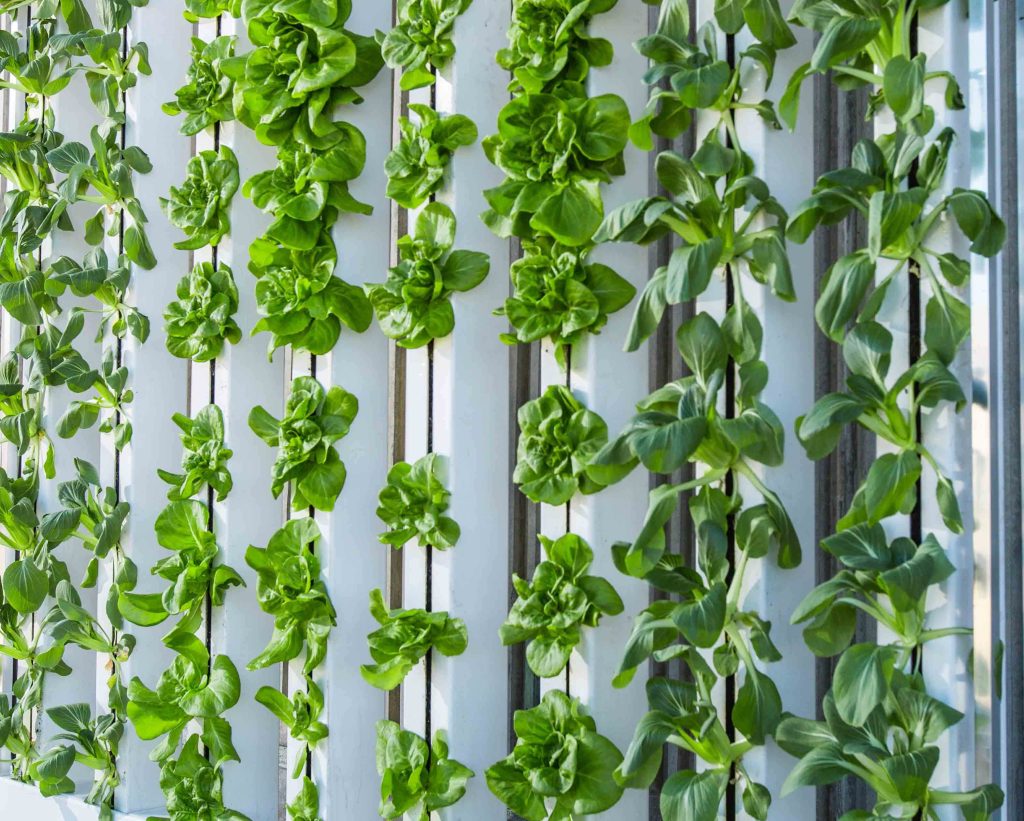Vertical Farming – Risks and Rewards 🌱
Vertical farming is a game-changing approach to agriculture that is reshaping how we produce food in urban settings. This innovative method not only addresses the growing challenges of traditional farming but also offers many economic, environmental, and social benefits.
Here, we will explore the world of vertical farming, exploring its role in urban agriculture, the advantages it provides, and the potential challenges it faces.
What else will you learn throughout this article?
- The Rise of Urbanization and the Need for Vertical Farming;
- Challenges of Vertical Farming: Addressing the Risks;
- The Path Forward.
The Rise of Urbanization and the Need for Vertical Farming
As urbanization continues to surge, the demand for sustainable food production in densely populated areas has become increasingly pressing. Traditional farming, with its expansive fields and substantial water usage, is becoming unsustainable in urban landscapes. This is where vertical farming steps in as a promising solution.
The process of Vertical Farming involves cultivating multiple layers of crops within controlled environments like skyscrapers, shipping containers, or greenhouses.
It is a fascinating fusion of cutting-edge technology and agriculture, harnessing hydroponic and aeroponic systems, advanced lighting, and climate control to create the ideal growing conditions.
Economics
Vertical farming offers a plethora of economic advantages. First and foremost, it reduces the distance that food products have to travel to the final consumer. This not only brings down transportation costs but also reduces carbon emissions. The seasonal limitations of the past are eliminated by the ability to cultivate crops year-round in a controlled environment.
However, critics contend that the high energy consumption of vertical farms, particularly the use of artificial lighting, might contribute to greenhouse gas emissions, potentially offsetting the environmental benefits.
Environmental
Vertical farming is inherently sustainable. By optimizing resource usage, it conserves land and water. The large footprint of traditional agriculture can be brought down by switching to vertical farming, reducing deforestation, habitat destruction. This can even protect biodiversity.
Despite this, the use of hydroponic systems and the focus on growing a limited range of high-value crops have raised concerns about monoculture and the environmental sustainability of this approach.
Monoculture is often used to maximize the production of a particular crop, streamline farming operations, and facilitate the use of specialized machinery and techniques; having said this, the many drawbacks include increased susceptibility to pests and diseases, depletion of soil nutrients, environmental impact, and market vulnerability.
Social
From a social perspective, vertical farming holds great promise. It delivers a dependable source of fresh, locally reared fish and produce, promoting food security. By being situated within cities, it creates job opportunities, with surges in the technology and agriculture sectors.
However, controversy arises regarding the economic viability and affordability of produce from vertical farms. Critics question whether these farms can provide affordable food for all socioeconomic groups and whether they may displace traditional farming jobs.
Challenges of Vertical Farming: Addressing the Risks
While vertical farming presents numerous benefits, it is not without its challenges. Addressing these hurdles is essential for its long-term success.
- Energy Consumption: Vertical farms utilize artificial lighting, heating, and cooling systems to maintain optimal conditions. The energy consumption can be high, especially if the power comes from non-renewable sources. Transitioning to sustainable energy solutions is key to mitigating this issue.
- Cost: The initial investment required for vertical farming can be substantial. The cost of setting up a high-tech indoor farm can be a barrier, especially for smaller operators. Government incentives and subsidies can play a decisive role in making vertical farming more accessible.
- Traditional Farming Impact: Vertical farming does not aim to erase traditional agriculture but rather to complement it. Ensuring a smooth transition and integration of both methods is vital. Traditional farmers may face competition, and it is essential to consider the socioeconomic implications of this shift.
- Crop Diversity: Vertical farming, by its nature, often focuses on growing high-value crops and may not be well-suited for the cultivation of a wide variety of crops. Maintaining crop diversity and traditional agricultural practices is vital for food security and biodiversity.
- Waste Management: As vertical farming relies on advanced technologies, the management of electronic waste (e-waste) and other waste products is now of utmost importance. Implementing responsible waste disposal and recycling practices is imperative.
The Path Forward
Vertical farming is a captivating look into the future landscape of urban agriculture. With its economic, environmental, and social benefits, it offers a compelling solution to the challenges of traditional farming in densely populated areas.
However, it is important to recognize the ongoing controversies and debates surrounding issues like energy consumption, economic viability, traditional farming’s impact, crop diversity, and waste management.
As cities continue to grow, vertical farming may be the key to ensuring a brighter, greener future for all, provided we navigate these challenges wisely.
Striking the right balance between tradition and innovation will be crucial to the long-term success of vertical farming, ensuring that it remains a sustainable and accessible solution to urban food production.
Natalya Gray
CEO Lumatek Lighting
You can also contribute for the Green Link. Do you want to write an article and voice your opinion on all things related to the horticulture and cannabis grower community? Send us an email and submit your document. Be a part of this Green Revolution!

